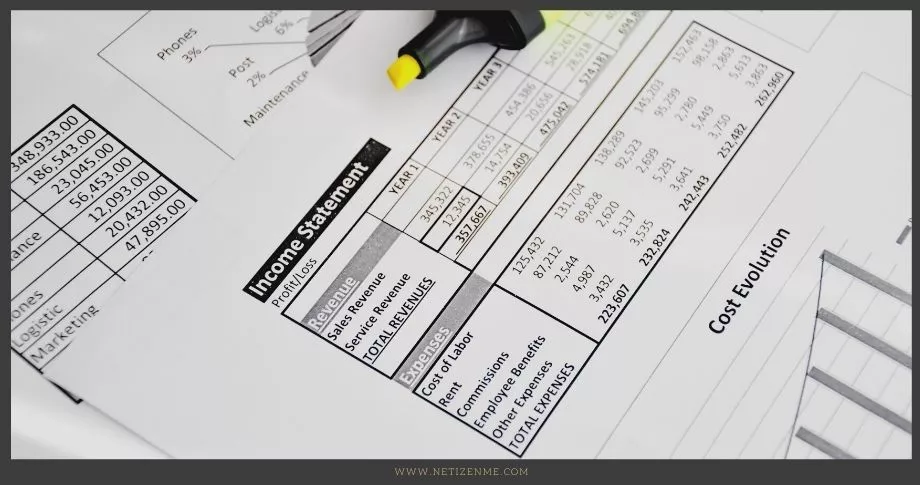
Pricing Objectives
Pricing objectives are the underlying goals that guide a company in determining the cost of its products or services to customers.
What are the two main types of pricing objectives?
There are two main types of pricing objectives; profit-oriented and sales-oriented objectives.
Profit-Oriented Pricing Objectives
Profit oriented pricing objectives seek to make as much money as possible for the business as well as maximize prices for long-term profitability.
This pricing strategy makes profit an utmost priority when setting out an ideal price of products (01). In addition, it provides a means to charge a great deal without alienating potential customers and losing money through missed sales.
This type of pricing objective can either aim to maximize the per unit profit of a product or maximize overall profit by setting a competitive price to increase the overall number of units you sell (01).
Sales-Oriented Pricing Objectives
Boosting the volume of market share is the aim of this pricing objective. A market share measures a company’s sales against the sales of other companies in the industry. In contrast, a volume increase is measured against a company’s own sales across specific time periods. However, a change in volume doesn’t necessarily mean a change in market share, as they are independent of each other.
In this objective, pricing decisions can either be taken to enable the company to achieve targeted market share, or in a way that sales volume is raised, or it can be taken as the tools to increase market share (02).
Factors to Consider When Making Pricing Decisions
When making pricing decisions, you need to keep the following things in mind to maximize profit:
- Perceived Value of Product
In setting a price at a percentage above your costs, you protect yourself from loss on each product. However, customers will only accept increased prices if they feel they are getting value for it.
To influence the perception of perceived value in the customer’s mind, you need to increase your level of service and position yourself as a high-end brand (03).
- Competition
Competition is a key factor in pricing. You may suffer some loss in sales if your competitors sell similar products for less. However, if you find yourself at the high-end of the price range, you can differentiate yourself by competing on quality and not being seen as an equivalent which will, however, be able to guarantee profit.
- Spoilage Risk
You need to be more conservative or faster to give discounts when there is spoilage risk to prevent unsold products waste.
Companies need to consider real and effective spoilage risks. Calendars are no longer useful, or the storage cost of unsold seasonal items such as holiday decorations.
Penetration and Skimming Pricing Strategy
A firm has to decide which pricing strategy to adopt in order to enter the targeted market. These pricing strategies include penetration pricing and skimming pricing.
- Penetration Pricing
Penetration Pricing is a pricing technique in which a new product is offered at a low price to penetrate the market and derive maximum sales volume from the price-sensitive customers. When the product demand increases, the firm increases the price of the product as well (04). Although penetration pricing generates low profit in the short run, it results in higher profits in the long run because it increases the market base.
- Skimming Pricing
Skimming pricing refers to fixing a high price for a new product before other competitors step into the market (04). This pricing strategy is certainly used for products with little to no competition in the market and massive consumer acceptability.
Differences between Penetration and Skimming Pricing
The differences between penetration and skimming pricing strategies are:
- Penetration pricing is used when the demand for the product is relatively elastic while skimming pricing is practiced when the demand for the product is inelastic.
- In penetration pricing, the profit margin is low, while profit margin is high in skimming pricing.
- Due to low price in penetration pricing, bulk quantities of products is sold while small quantities of the product are demanded in skimming pricing
Check the following reference articles to learn more about Pricing Objectives:
- Chron. (2020, October 13). Definition of profit oriented price strategy. Small Business – Chron.Com. URL
- Gartenstein, D. (2019, January 31). Four types of pricing objectives. Small Business – Chron.Com. URL
- McCormick, M. (2017, August 3). Why pricing objectives are fundamental to business success. Blackcurve. URL
- Surbhi, S. (2017, October 11). Difference between penetration pricing and skimming pricing. Key Differences. URL
- Should You Carry Your Laptop Through Airport Metal Detectors?

- Fiscal Policies and Pakistan Economy

- Eye-opening Impact of Education on Jobs in the USA

This article is written by:
Our professional writers and editors are passionate about sharing high-quality information and insights with our audience. We conduct diligent research, maintain fact-checking protocols, and prioritize accuracy and integrity to the best of our capacity.
You can cite our articles under the author name "Netizenme"






